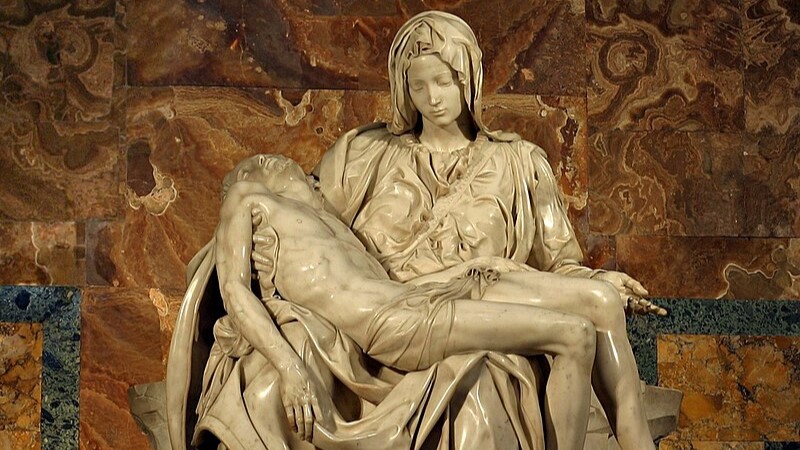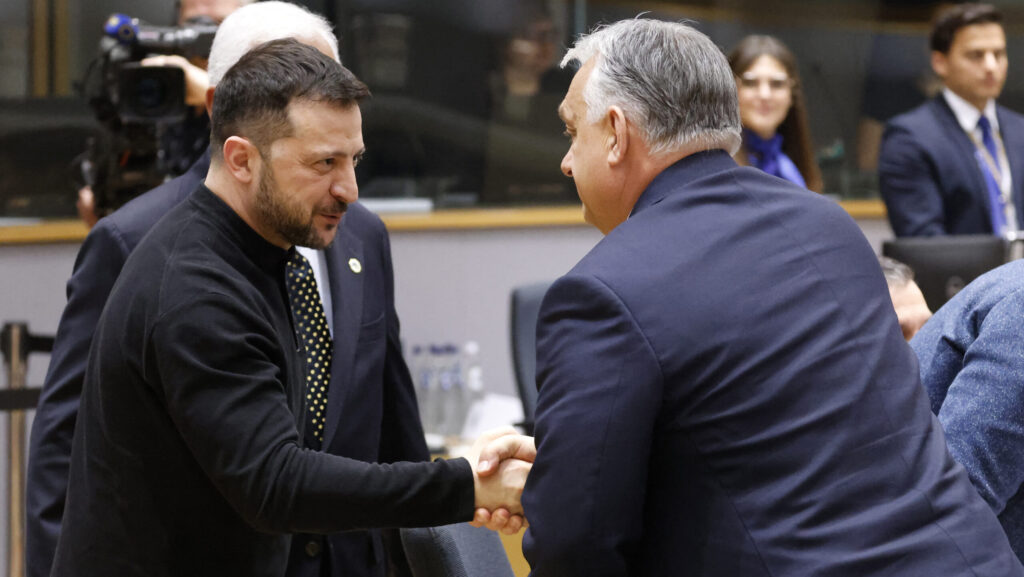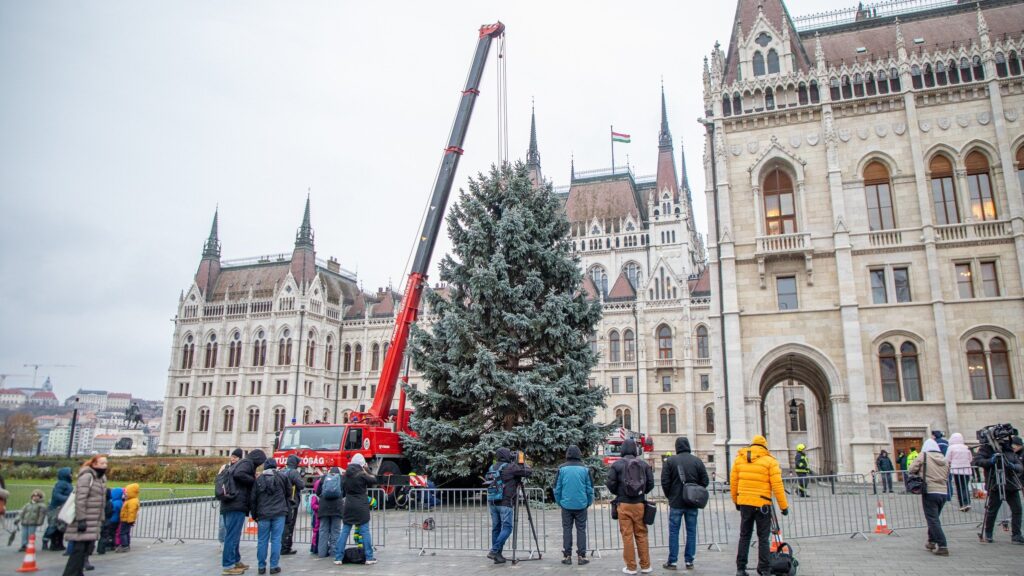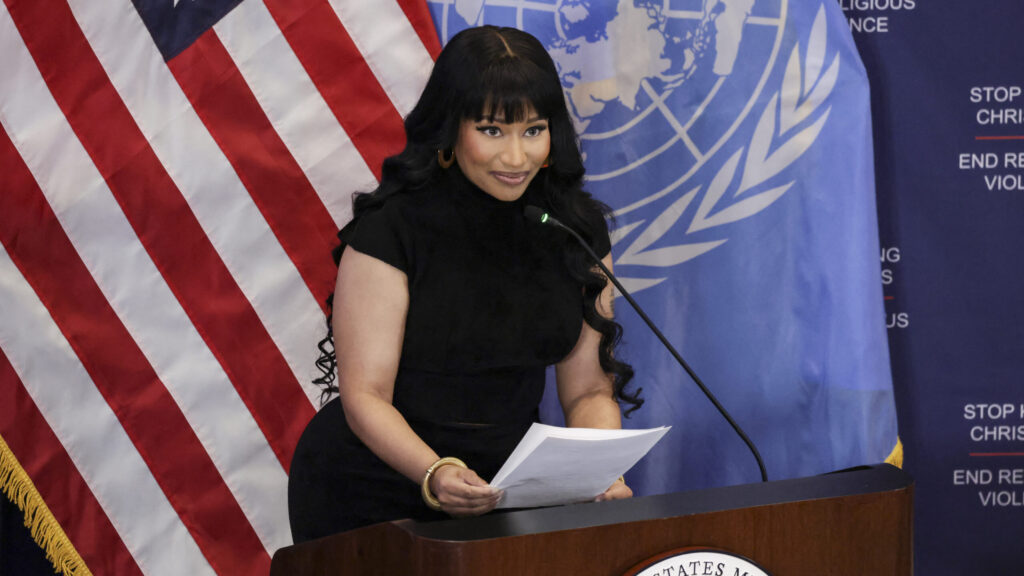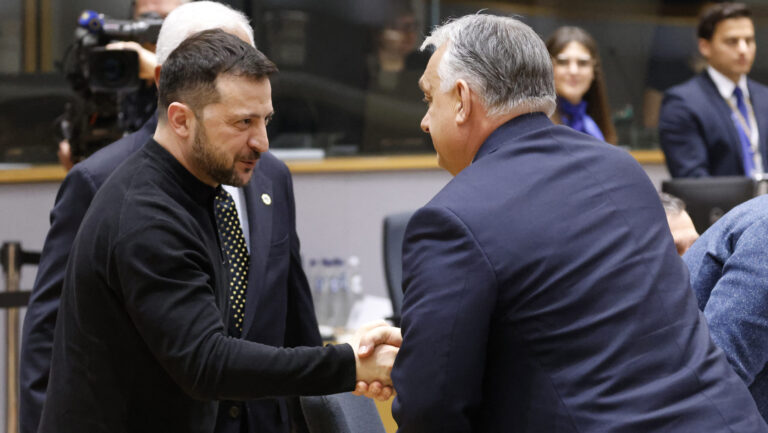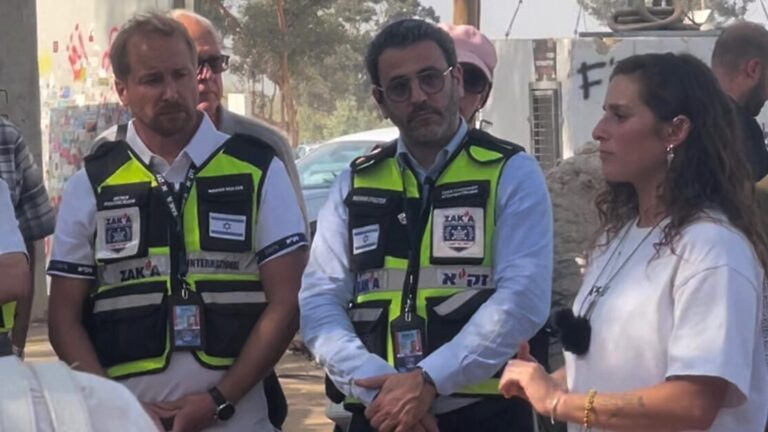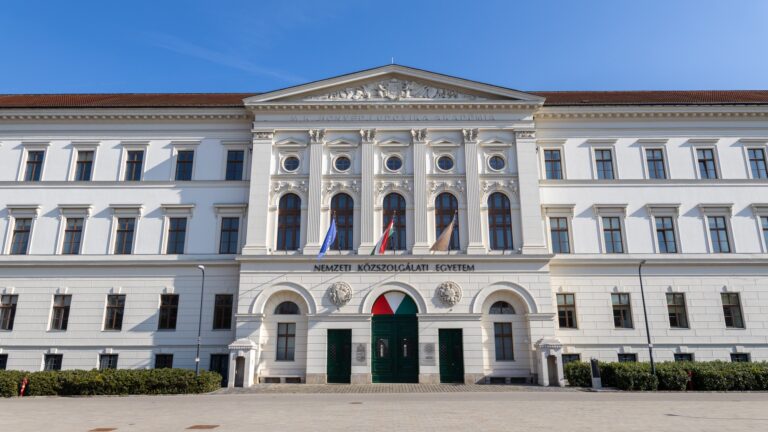Pope Leo XIV designated last Friday, 22 August, as a day of prayer and fasting for peace. Addressing the faithful gathered in the Paul VI Hall for his weekly General Audience, the Roman Pontiff invited all the faithful to the liturgical commemoration of the Queenship of the Blessed Virgin Mary—also celebrated as the Immaculate Heart of Mary in the Traditional Catholic calendar—to celebrate that day by praying and fasting for peace for all those who suffer because of war, ‘imploring the Lord to grant us peace and justice, and to wipe away the tears of those who suffer because of ongoing armed conflicts.’
‘Mary is the Mother of the faithful here on earth and is remembered as the Queen of Peace,’ the Pope said.
On Monday, 18 August, the world was fixated—and perhaps for good reason—on the second meeting of the year between U.S. President Donald Trump and Ukrainian President Volodymyr Zelenskyy. He was flanked by key EU leaders and NATO Secretary General Mark Rutte, amid hopes that the American president could help broker a ceasefire between Russia and Ukraine—one that might pave the way for a lasting peace agreement. However, such a deal does not appear likely anytime soon.
Given that the Ukrainians are running low on manpower—according to former Senior Advisor to the U.S. Defence Department retired Col. Douglas MacGregor, they have lost 1.8 million men—and are unlikely to win the war, President Putin has outlined two absolute and non-negotiable demands that must be met, before he will even agree to come to the negotiating table.
The first is that the Crimean peninsula—annexed in February 2014—as well as the four oblasts that are now under Russian control (Donetsk, Kherson, Luhansk, and Zaporizhzhia), will be a permanent part of the Russian Federation. The second point is that Ukraine must not become a member of NATO; instead, it must become a neutral state—a proposal that both President Zelenskyy and EU leaders have flatly rejected. As a consequence, Ukraine would also be required to disarm to the extent that it could no longer pose a military threat to Russia.
‘The second point is that Ukraine must not become a member of NATO; instead, it must become a neutral state’
This is how then President Dwight D. Eisenhower convinced the Soviets to withdraw from occupied Austria by making it a neutral state, thus preventing any possibility of joining the Alliance—it is still that way today. Ike thus ensured, since he had the backing of Congress, that security measures would then be provided to keep the Austrians safe, without committing U.S. forces on the ground. Yet, as many Austrian Catholics sustain, this was made possible because of their invocation of the Virgin Mary’s intercession.
In the aftermath of World War II, Austria fell under Soviet occupation. Under the leadership of a Franciscan priest, Father Petrus Pavlicek, O.F.M., more than 10 per cent of the Austrian population began praying the Rosary daily for the country’s freedom. In May 1955, the Soviets, contrary to all expectations, signed the Austrian State Treaty and announced their withdrawal. Austria had regained its sovereignty—without a single shot being fired.
Hungary, too, was forced to be part of the Soviet bloc when Soviet troops entered the country in 1945. Three years later, the future Cardinal and Primate of Hungary, József Mindszenty, opened the Marian Year to entrust, like King St. Stephen, the fate of Hungary to the intercession of the Blessed Mother, who is revered under the ancient title Magyarok Nagyasszonya (the Great Lady of the Hungarians). ‘His deepest wish [was] that a million Hungarian families would pick up their rosary and pray to Mary.’
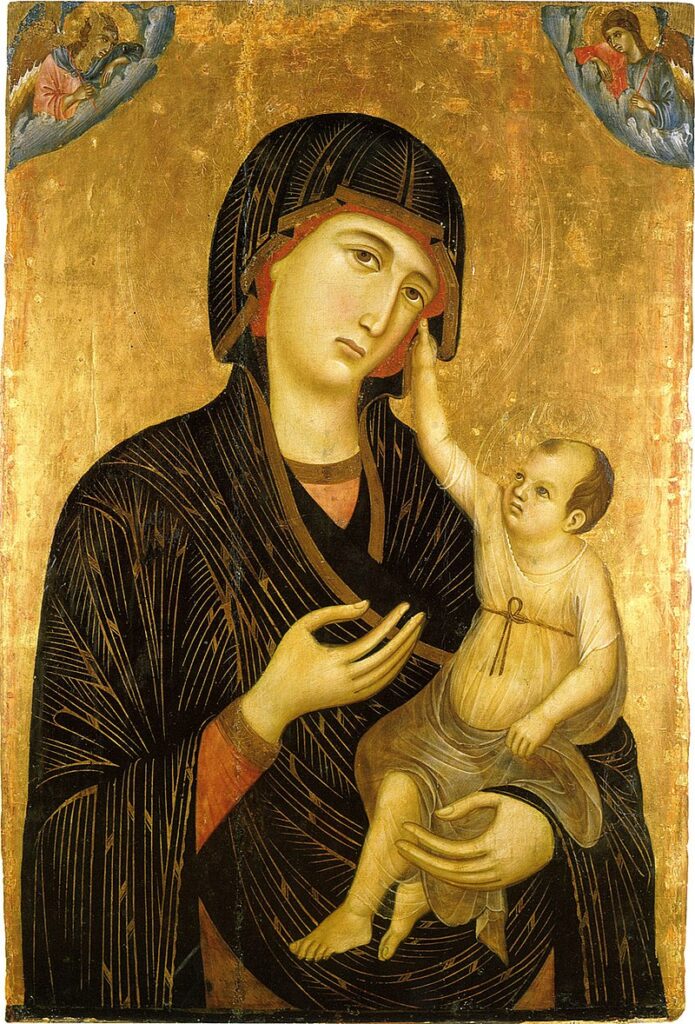
In one of his pastoral letters, he wrote: ‘Let us return to the oldest sources of our Hungarian heritage. Let us give the Virgin Mary the name of Queen, so that she may take our destiny into her hands.’ Cardinal Mindszenty went on to compose the following prayer to the Virgin Mary:
‘Mary, our Mother, we offer our suffering to you as a means of expiation. Let the sighs and tears, the fear, the bitterness, the silent complaint of the world, serve as an atonement for our sins. We are ready to suffer, Mother so sorrowful, according to your Son’s will, as he sees fit for our salvation, but we pray to you, lift our nation, who is being tried like Job [in the Old Testament], and show that you are still our Mother.’
On a personal note, I recall when I was an undergraduate university student in Budapest during the spring semester of 1989, whilst Hungary was a satellite state of the Soviet Union, how Hungarians—both old and young—prayed in churches, asking for the assistance of the Virgin Mary.
‘We are ready to suffer, Mother so sorrowful, according to your Son’s will…but we pray to you, lift our nation…’
When the U.S. dropped the second atomic bomb on Japan, this time on the city of Nagasaki, the explosion occurred just meters from the Immaculate Conception Cathedral (also referred to as the Urakami Cathedral). The bomb instantly claimed more than 70,000 lives and left thousands more with incurable injuries and illnesses for years to come. Amidst the rubble of the church, the charred head of a statue of Our Lady was discovered—its eyes burned out, a deep gash across its face, and an expression that seemed to contemplate the suffering of her people.
Years later, during a visit to Nagasaki, Pope Francis said the image of Our Lady ‘speaks without words’, bearing ‘the indescribable horror suffered in the flesh by the victims’ and, at the same time, ‘the silent consolation of the Mother who never abandons’. And indeed, just as she remained faithful to her divine Son at the foot of the Cross (John 19:25), she remains ever steadfast to those who seek her intercession. While it took longer for Hungary to achieve independence from its Soviet aggressors than it did for Austria, the Hungarian people were nevertheless liberated.
The Pope asked us to pray and fast on a day when the Catholic Church honors the Mother of our Savior—and, as can be seen, there is a reason for that. Her intercession is more powerful than any weapon man can produce on this earth. For, as per the Memorare prayer, ‘never was it known that anyone who fled to [her] protection, implored [her] help, or sought [her intercession, was left unaided.’
Related articles:

